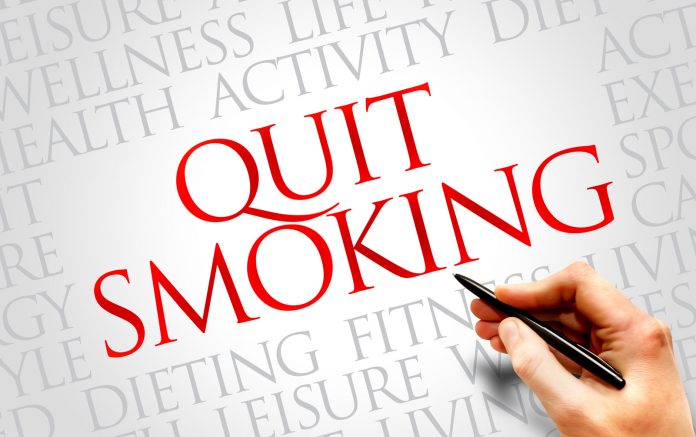By Erik J. MacLaren, PhD
Posted: October 2017
Scott Gottlieb, MD, Commissioner of the U.S. Food and Drug Administration, said in a recent speech, “There’s probably no single intervention or product we’re likely to create in the near future that can have as profound an impact on reducing illness and death from disease as our ability to increase the rate of decline in smoking.”1 One of the many ways the National Cancer Institute (NCI) contributes to the goal of reducing smoking is through its Tobacco Control Research Branch (TCRB), which leads and collaborates on research, and disseminates evidence-based findings to prevent, treat, and control tobacco use.
In collaboration with other Federal organizations, TCRB created and maintains the Smokefree.gov Initiative (www.smokefree.gov), the largest Federal mobile behavioral health intervention program. Smokefree.gov offers free, accurate, evidence-based smoking cessation treatment and professional assistance to help individuals, including specific vulnerable populations such as teens, women of reproductive age, Spanish speakers, military/veterans, and older adults.
A wealth of consumer-friendly articles on key smoking cessation topics— including preparing to quit, managing withdrawal, and choosing cessation support methods—serves as the foundation of Smokefree.gov. In addition, Smokefree.gov offers digital tools for those wishing to quit, such as a Create My Quit Plan builder and quizzes that assess topics like nicotine dependence or stress levels. QuitGuide (for adults) and quitSTART (for teens), are smartphone apps that conform to US Clinical Practice Guidelines. They each provide 24/7 on-demand support and skills building to improve users’ chances of successfully quitting. They also allow users to tag specific locations and times of day to get support when they need it most.
The Initiative also maintains SmokefreeTXT, a 6–8 week text messaging intervention that provides smoking cessation treatment and includes advice and encouragement to smokers attempting to quit. Eleven other smoking cessation text programs have been modeled from SmokefreeTXT to help vulnerable smoking populations. Two recently developed programs assist smokers in practicing quitting and building skills and confidence for quitting permanently. HealthyYouTXT offers 3 tailored programs for smokers interested in addressing related health behaviors around eating healthier, increasing physical activity, and managing their weight.
The NCI’s Cancer Information Service supports a smoking quit line (1-877-44U-QUIT), a national service with trained information specialists who offer multiple resources to quit smoking, including information, counseling, and referrals. As a complement to this, the NCI also offers access to state-run programs via 1-800-QUIT-NOW, which automatically redirects callers to a local quit line.
Erik Augustson, PhD, MPH, a Behavioral Scientist and Program Director in the TCRB, spoke with IASLC Lung Cancer News about the future of digital tools for smoking cessation, including mobile health (mHealth) treatments such as smartphone apps. “One primary area in which I expect to see improvement is in our ability to maintain engagement in mHealth treatments with smokers across time, which will improve outcomes,” said Dr. Augustson. He explained that several research groups around the country, including his own, are working on integrating natural language processing and artificial intelligence into mHealth treatments to achieve this goal.
Another key direction identified by Dr. Augustson is improvement in the integration between digital resources and those delivered by real people. One possibility, he said, would be “providing the counselor with data summaries collected within the mHealth platforms to improve the ability of the counselor and smoker to work collaboratively in developing and implementing quit plans.” The goal of such integration would not be to reduce the active role of real people in delivering treatment but to allow the greater personalization of treatment plans and improve outcomes. ✦
References
1. Gottlieb, S. Dr. Gottlieb’s first remarks to FDA staff. 2017 May 15. Available at: https://www. fda.gov/NewsEvents/Speeches/ucm558566. htm.











